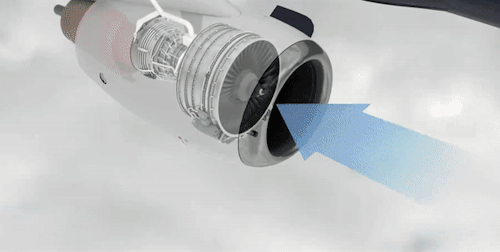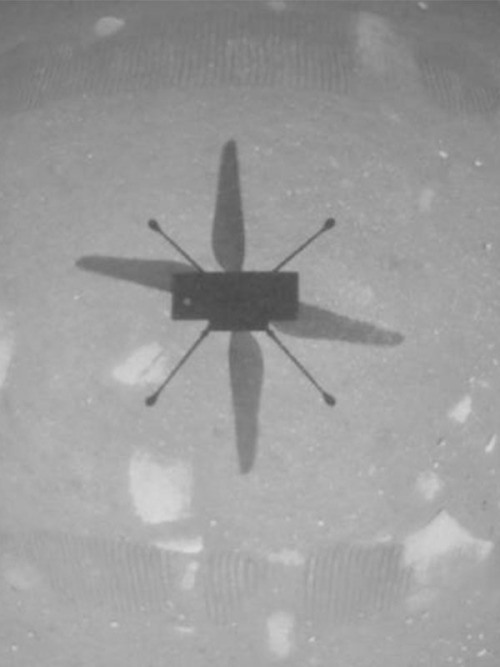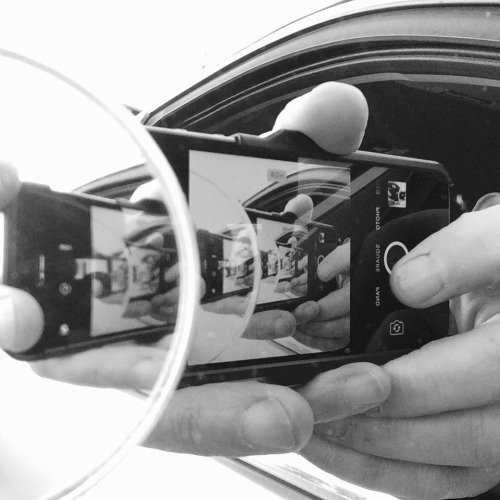#Covid #ChinaCovid #flying
#Covid #ChinaCovid #flying
How Safe Are You From Covid When You Fly?
To understand how risky it may be to board a flight now, start with how air circulates in a plane.

More people are flying every day, as Covid restrictions ease and vaccinations accelerate. But dangerous variants have led to deadly new outbreaks, raising questions about just how safe it is to travel now.
In most single-aisle models, you are constantly breathing a mixture of fresh and recirculated air.



The high exchange rate on planes forces new and existing cabin air to mix evenly, with the goal of minimizing pockets of air that could become stale or linger for too long.










As more people fly — nearly 1.5 million people passed through U.S. airports on Friday — congestion and crowding in parts of the airport can make physical distancing a greater challenge.
Airports vary in size and passenger volume, configurations and on-location businesses, Harvard researchers found. That could increase the chances of exposure depending on where people linger and for how long.
Going to in-terminal restaurants, for example, can be risky because masks are routinely removed and kept off to eat.

The Harvard researchers found that many airports were not designed to mitigate the airborne spread of respiratory pathogens. Although some airports have installed new or additional filtration systems, distancing, vigilance and other safety practices are still crucial.
“The challenge isn’t just on a plane,” said Saskia Popescu, an epidemiologist specializing in infection prevention. “Consider the airport and the whole journey.”
Methodology
The particle air flow simulation was conducted using a later version Boeing 737NG as the model for the cabin interior, which only has side air inlets. The model accounted for passengers occupying all of the seats. A computational-fluid dynamics code system known as FEFLO was then used to simulate the flow of more than 2.5 million particles. A large number of very small particles were introduced at the cabin inflow ducts, in part to ascertain the movement of pathogens that may have passed through the HEPA filters without being caught. The simulation showed that the air close to passengers’ heads had been in the cabin for less than 50 seconds. The first 10 frames of the particle flow animation were slowed down for clarity.
Different positions of sneezes were simulated as part of the modeling, and only smaller particles were used to estimate what may become airborne. This assumed face coverings could block larger particles expelled during a sneeze that can otherwise land on surfaces and body parts. Particles in this visualization were scaled up for presentation purposes. Sources: Airbus; Boeing; Rainald Löhner, George Mason University, Center for Computational Fluid Dynamics. By Mika Gröndahl, Tariro Mzezewa, Or Fleisher and Jeremy White (The New York Times).
More Posts from Quatrowins and Others
Taking off on another planet...
Bravo to NASA!

A dream takes flight! Today, our Ingenuity #MarsHelicopter became the first aircraft in history to make a powered, controlled flight on another planet.
In a video captured by our Perseverance Mars rover, the helicopter is shown hovering above the Red Planet's surface. During this first flight, the helicopter climbed to an altitude of 10 feet (3 meters), hovered, and then touched back down on the surface of Mars.
More images and video to come...
Join us at 2 p.m. ET (18:00 UTC) for an analysis of Ingenuity’s first flight and what's to come:
Make sure to follow us on Tumblr for your regular dose of space: http://nasa.tumblr.com
Spectacular shots!!!















TOTAL SOLAR ECLIPSE l APRIL 2024
ALFREDO JUÁREZ | RAMI ASTRO | JOSHUA INTINI | KENDALL RUST | DERAN HALL | KUZCOKHANDA | TREVOR MAHLMANN | OTHINGSTODO | NASA | STEVEN RATNIK
Nice setting for a little brunch

capaseccayacht via instagram

Bari vecchia, Italia by @icharous
I approve @anyone.
everyone talks about how tumblr should make an @everyone feature, but I have another proposal: an @anyone feature. this tags a few users at random and there’s no way of predicting who it will be. this will also solve nothing and make everything worse
House in Yokohama is cool.

House in Yokohama is a minimal residence located in Kanagawa, Japan, designed by Airhouse. The plan is to seek a bright and open space while ensuring privacy on a site that is surrounded by three directions and has a north-facing road, and has strict building coverage ratio, floor area ratio, and height restrictions. Like the neighboring land, the site was one step higher than the front road and was filled with embankment.










Everyday life in Tokyo

Recursion, 2017
Madrid in winter

Círculo de Bellas Artes, Madrid
-
 arch931 reblogged this · 2 years ago
arch931 reblogged this · 2 years ago -
 joypisa liked this · 2 years ago
joypisa liked this · 2 years ago -
 studycation liked this · 2 years ago
studycation liked this · 2 years ago -
 ros-r liked this · 3 years ago
ros-r liked this · 3 years ago -
 suggarglid reblogged this · 3 years ago
suggarglid reblogged this · 3 years ago -
 theflameworld liked this · 3 years ago
theflameworld liked this · 3 years ago -
 danielledreamsthedayaway liked this · 3 years ago
danielledreamsthedayaway liked this · 3 years ago -
 poesiasev liked this · 3 years ago
poesiasev liked this · 3 years ago -
 tchyp reblogged this · 3 years ago
tchyp reblogged this · 3 years ago -
 tchyp liked this · 3 years ago
tchyp liked this · 3 years ago